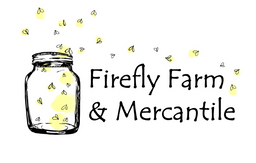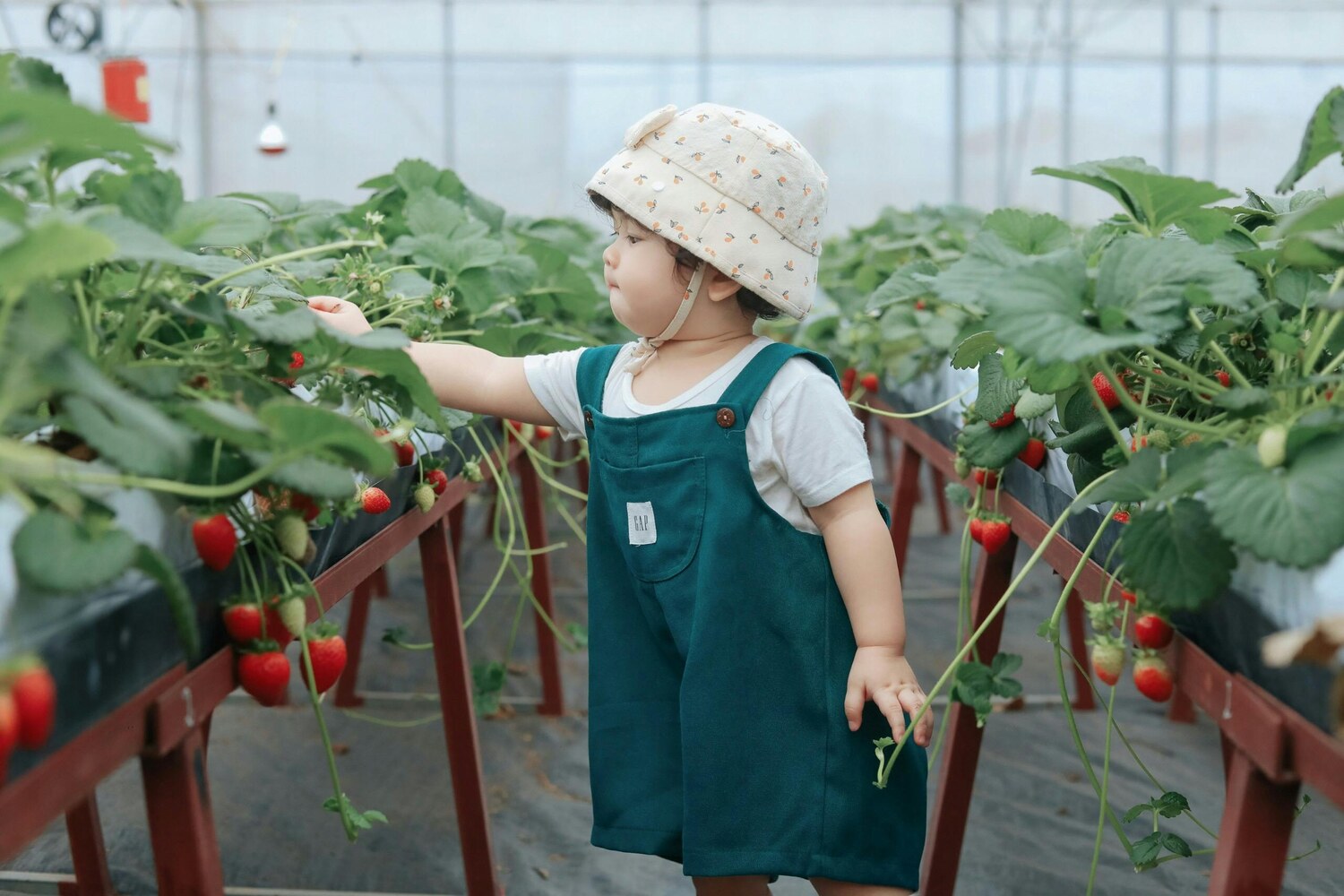Some gardeners hastily plant seeds and seedlings without considering their nuances, leading to delayed harvests or deteriorating plants. We prepare various seedlings and seeds that thrive in specific growing conditions. Explore the similarities and differences between gardening from seed vs. seedling to help you use your gardening space wisely and cultivate healthy plants.
Gardening From Seed vs. Seedling General Overview
Starting a garden means choosing between seeds and seedlings. Both options have their benefits and drawbacks for you to consider.

Overview of Gardening From Seed
Gardening from seeds involves cultivating plants starting from their embryonic stage contained within a seed, offering a hands-on approach to plant propagation. Whether for vegetable seeds or native flowers and grasses, this plantlet typically requires more patience and attention as you nurture the plant from germination through its various growth stages.
Pros
- Cost-effective, as seeds are generally cheaper than seedlings.
- Sense of accomplishment from nurturing a plant from its very beginning.
Cons
- Requires more time and patience for plants to mature.
-
Germination can be unpredictable, leading to wasted effort.
Overview of Gardening From Seedling
Gardening from seedlings involves planting young, pre-germinated plants that have already developed a root system and a few true leaves. Whether you want to plant edible flower seedlings or container fruits, this plantlet offers a head start on the growing season, as the initial delicate germination phase has already been completed.
Pros
- Faster establishment and earlier harvest times.
-
Less initial effort is required compared to germinating vegetable seeds.
Cons
- More expensive than purchasing seeds.
Comparing Gardening From Seedling and Seed
Comparing gardening using seeds and seedlings is important to make informed decisions about the most suitable propagation method for specific plants, gardening goals, and available resources.
Similarities
Knowing how seeds and seedlings are similar helps you garden with confidence, no matter which method you pick.
- Proper soil: Both seeds and seedlings need well-draining, nutrient-rich soil for good aeration and strong root growth.
- Care practices: Once growing, seed-grown and seedling-grown plants need consistent watering, sufficient sunlight, and proper fertilization for their continued healthy development.
- Pests: Both young plants from seeds and seedlings are vulnerable to pests and diseases.
- Healthy mature plants: With proper care, both methods lead to good harvests and lively blooms.

Differences
Each method offers distinct benefits and challenges that can impact your success and experience.
1. Costs
Gardening from seeds is generally more economical upfront, as a packet of seeds costs significantly less than individual seedlings. However, there's a potential for wasted resources if the plant doesn't germinate. Seedlings, while more expensive initially, offer a more viable plant, potentially saving money on re-planting efforts.
2. Time Commitment
Seeds demand a greater time commitment from you, requiring patience through germination, thinning, and nurturing fragile young sprouts. In contrast, seedlings offer a faster track to established plants, as the initial delicate growth stages have already been managed by a nursery or propagator.
3. Control and Customization
Seeds offer unparalleled control over plant varieties, letting you select obscure or heirloom types not typically found as seedlings. This method provides full customization from the start, including organic practices. Seedlings limit choices to what nurseries stock, offering less personal control over their early growth conditions.
4. Variety Selection
When you start from seeds, you get access to many plant varieties, including rare or heirloom types not found at most stores. Seedlings, while convenient, are limited to the most popular or commercially viable varieties, offering less diversity for the adventurous gardener.
Major Distinguishing Factor
Gardening with seeds and seedlings mainly differs in the stage of plant development at which gardeners begin cultivation. Seeds represent the start of a plant's life cycle, requiring gardeners to manage germination and the initial fragile growth. Meanwhile, seedlings are already established young plants with a developed root system, offering a head start.
|
Factor |
Seeds |
Seedlings |
|
Costs |
More economical upfront |
More expensive upfront |
|
Time commitment |
Requires more time for germination and early care |
Bypasses the initial delicate stages |
|
Control |
High control over early growth conditions |
Limited control |
|
Variety |
Includes various heirloom varieties |
Limited to popular or commercially available varieties |
When to Use Seeds for Gardening

Direct sowing from seeds allows for better root growth since the plant develops right where it will mature. There are situations where using seeds works better:
- When you want to grow rare or heirloom plant varieties not typically found as seedlings.
- When you have the time and patience to enjoy the entire process of nurturing a plant from its beginning.
- When you need to start plants indoors early in the season to get a jump start on the growing period for long-season crops.
When to Use Seedlings for Gardening
Starting with seedlings gives you a better chance of success, especially if you want faster results or a head start on the season. There are situations when seedlings are better for gardening:
- When you have a shorter growing season, and need plants to establish quickly for a timely harvest.
- When you're a novice gardener looking for an easier and more forgiving starting point.
- When you want to plant a garden quickly and don't have the time to wait for seeds to germinate.
Which Gardening Plantlet Is Better?
Seeds can be better for gardeners seeking specific varieties, cost savings, and the full experience of growing from scratch. Seedlings can be better for gardeners prioritizing speed, convenience, and a higher immediate success rate. Ultimately, the better plantlet depends on your planting goals, available time, budget, and the specific plant being grown.
Related Questions
What Are the Best Practices for Sowing Seeds?
To sow seeds effectively, plant them at the correct depth and spacing, typically indicated on the seed packet. Provide a consistently moist environment and adequate warmth to encourage successful germination.
How to Transplant Seedlings?
When transplanting seedlings, gently loosen the soil around their roots to minimize disturbance, and handle them by their leaves rather than their delicate stems. Plant them at the appropriate depth in their new location, water thoroughly, and protect them from immediate harsh sun.
Can I Use Both Seeds and Seedlings When Planting?
Combining both seeds and seedlings in your garden is a common and effective strategy. This enables you to get a head start on some crops with seedlings while enjoying the wider variety and cost savings of growing others from seed.
Final Verdict
Starting plants from seeds gives you more variety and saves money, whereas buying seedlings is easier and saves time. Take a look at our catalog of quality seeds and healthy seedlings to maximize your garden's potential while optimizing your growing time.


